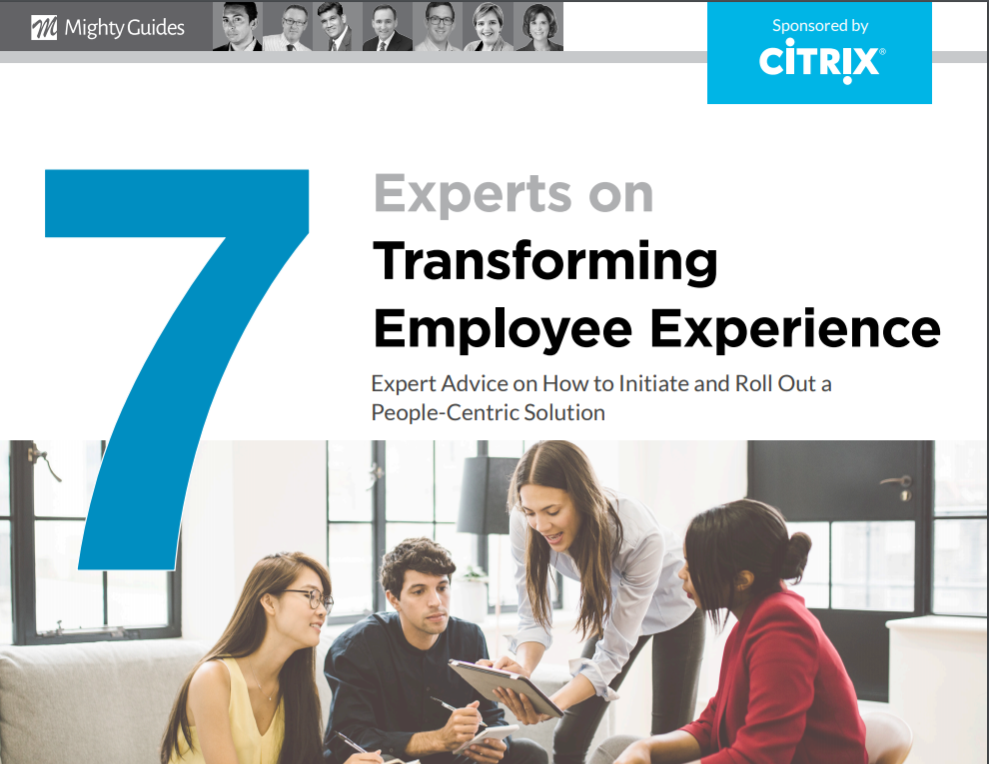
Jeanne Meister, Managing Partner, Future Workplace LLC
- Transforming employee experience begins with a business problem. If you don’t start with a business problem, the concept of employee experience becomes too abstract and broad.
- Work to make it easy for employees to have a seamless and personalized employee experience in their workflow. This may mean re evaluating their digital and physical workspace ensuring mobile access to work tools, ensuring if they are remote workers they have the technology tools and training to answer frequently asked questions so you can deliver a consistent, reliable experience to employees.
“You empower people by asking them what’s important to them—regularly and frequently. Then, you make changes in the employee experience so that they know that you’re listening to them.”
When it comes to transforming the employee experience, it’s important to define what you mean by employee experience. Jeanne Meister, managing partner of Future Workplace, a firm that provides human resources (HR) consultation and research, distinguishes between employee engagement and
employee experience. She explains it this way: “Employee engagement is a C-suite view, a top-down perspective, often HR driven, that focuses on how engaged employees were over the past, say, 12 months. Employee experience is bottom up. It uses pulse surveys to look at current and important attributes of experience such as culture, physical workspace and digital tools. Rather than just being HR driven, employee experience is a team sport.”
Creating employee experience requires personalizing experiences so that you provide what different employee segments want. For most people, job satisfaction isn’t just about money: It’s about growth opportunity and career path. For an employee experience to be positive, it must relate to what matters in employees’ lives. Creating such an experience requires input from employees and others in the organization that touches on the key elements of employee experience—HR, technology, and the physical space in which people work.



